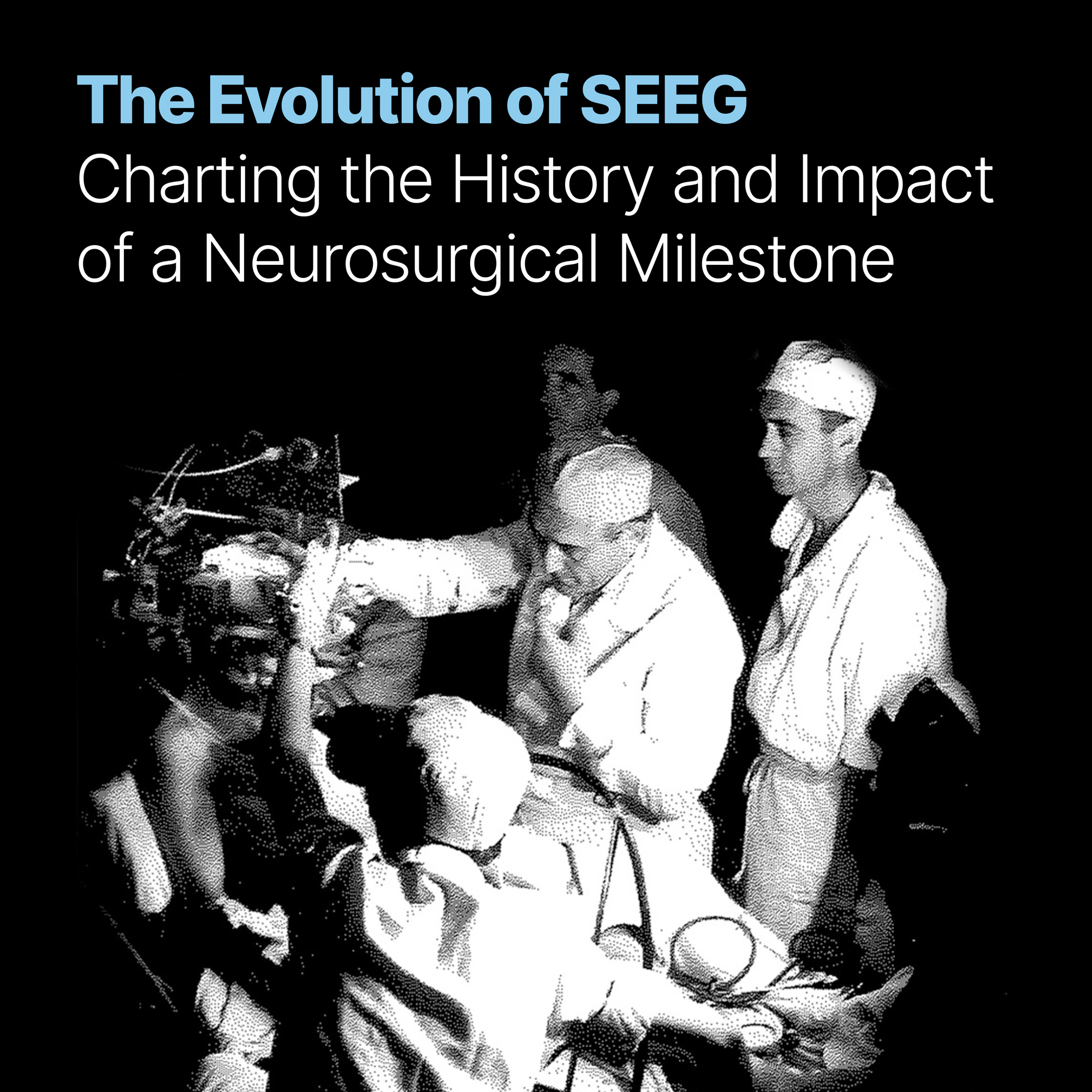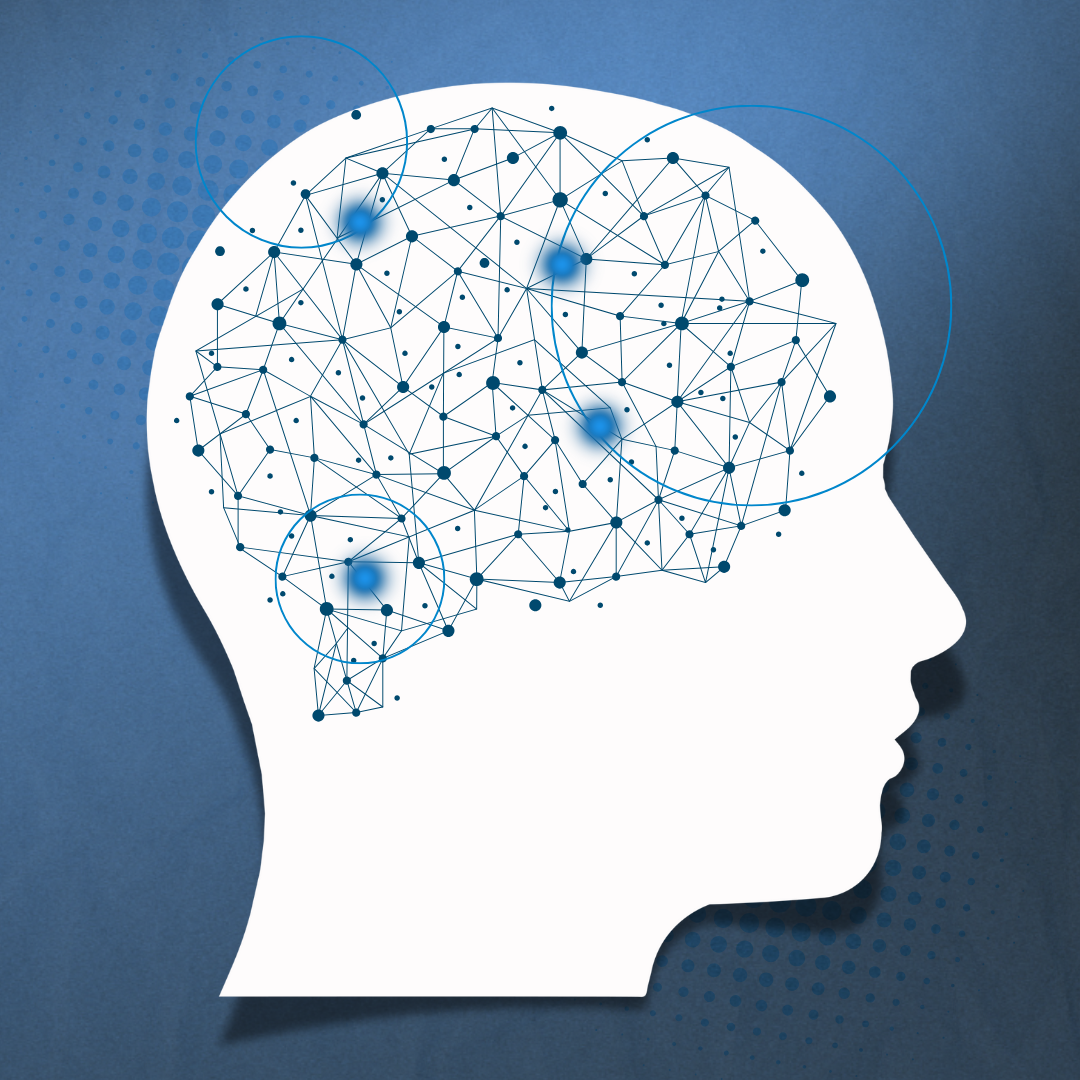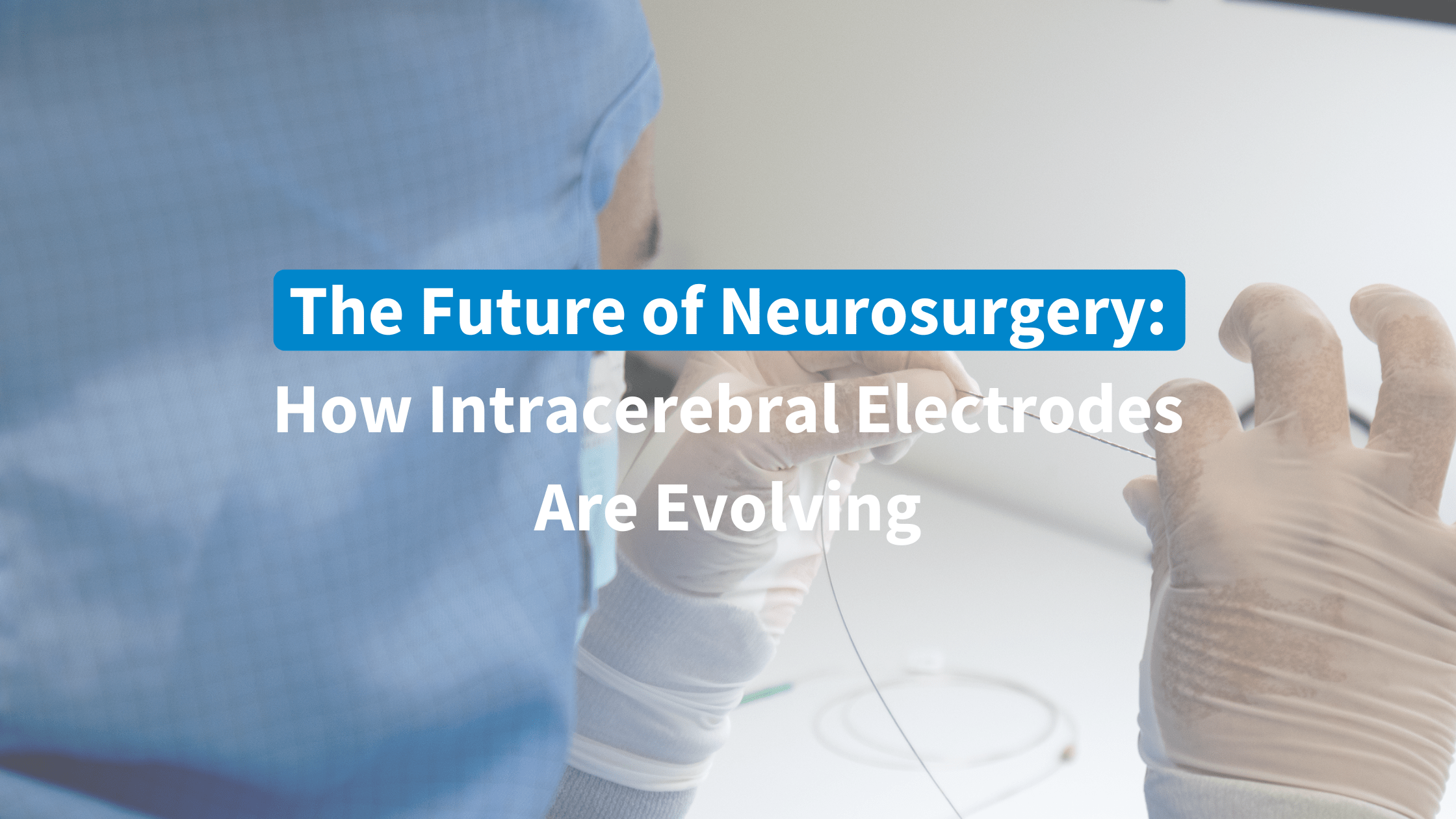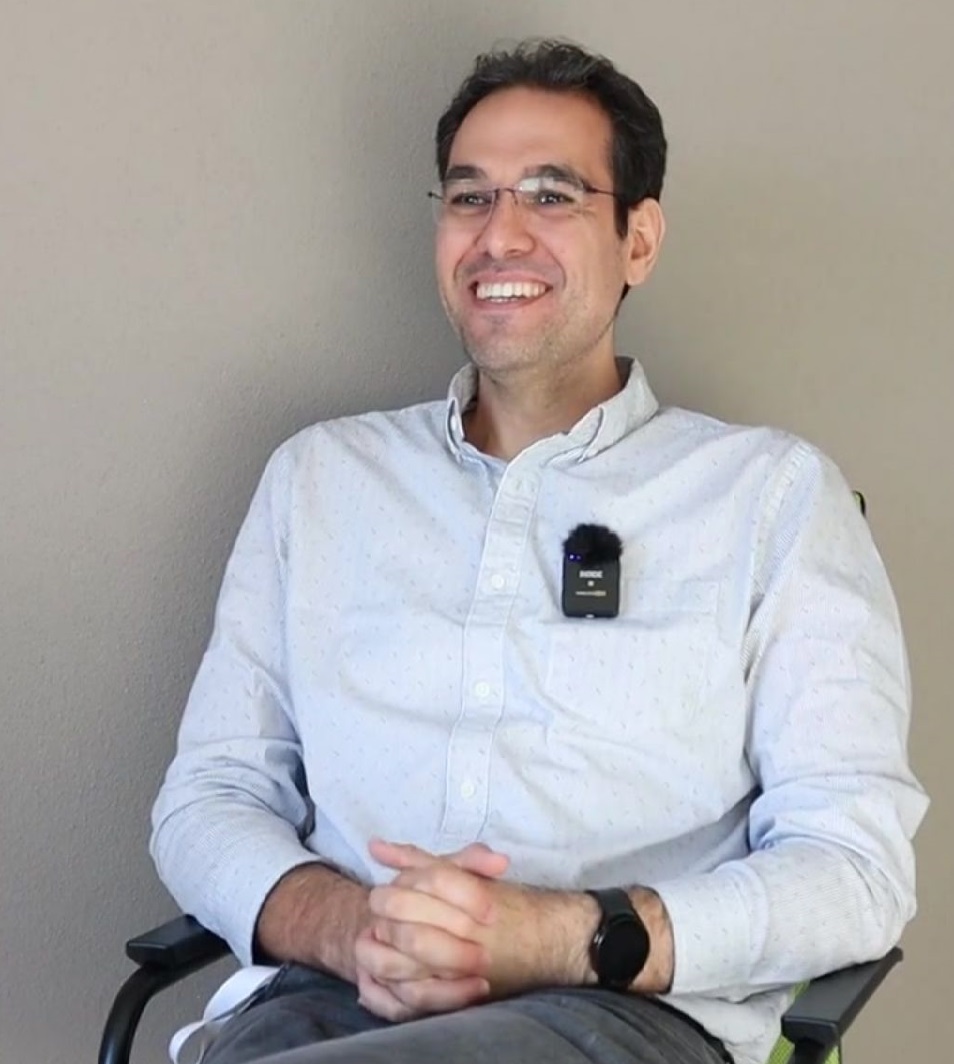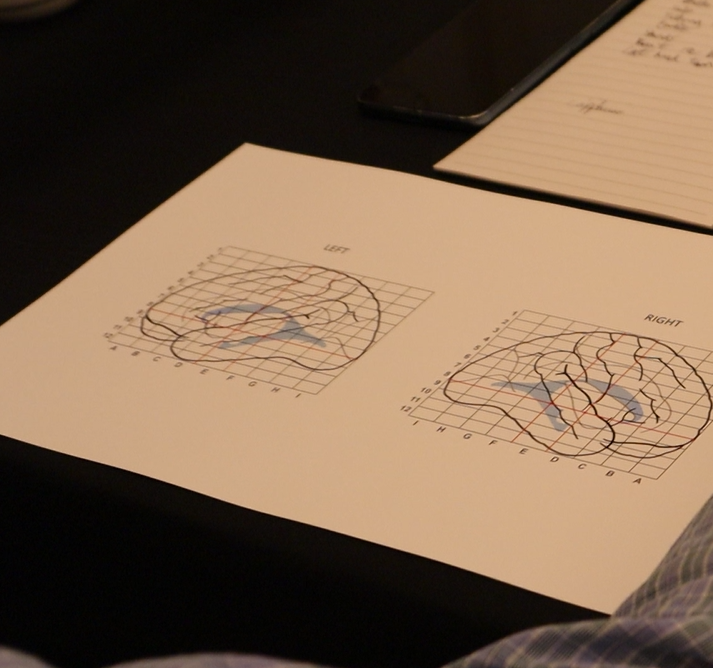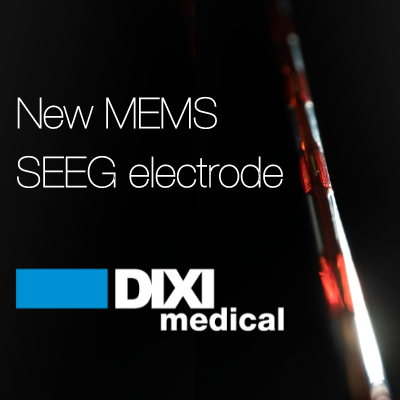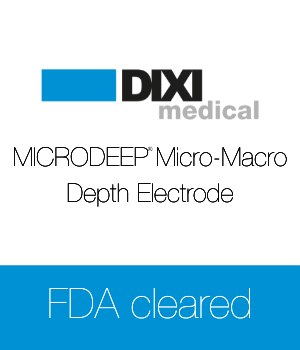In a world where sustainability and responsible waste management are becoming increasingly critical, it's essential to rethink recycling of electrodes.
The Role of Precision in Neurosurgery: Why Accurate Electrode Placement Matters
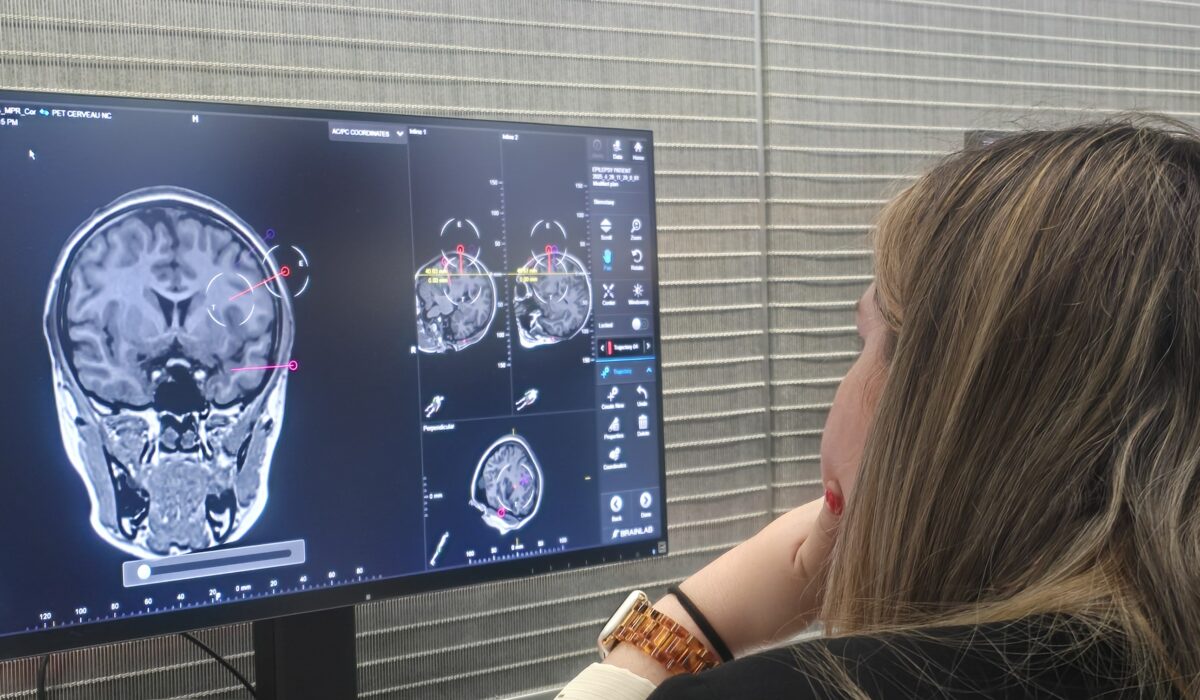
In the intricate landscape of neurosurgery, precision is not a luxury, it is a clinical necessity. The exact placement of intracranial electrodes underpins nearly every decision in surgical planning for epilepsy, brain tumors, and functional disorders. As diagnostic and therapeutic interventions become more refined, so too must the tools and techniques we rely upon.
Accurate electrode placement is foundational to interpreting neural activity, delineating functional zones, and executing minimally invasive yet maximally effective interventions. The stakes are high, and the margin for error is vanishingly small. A deviation of just a few millimeters can distort neural mapping, alter risk profiles, and potentially compromise patient outcomes.
Precision as the Cornerstone of Functional Mapping
In epilepsy surgery, particularly when using stereoelectroencephalography (SEEG), the fidelity of electrode positioning determines the validity of the data collected. Misaligned trajectories or suboptimal placements can obscure the epileptogenic zone, misclassify seizure propagation pathways, or falsely implicate eloquent cortex.
Modern SEEG relies on precise three-dimensional targeting of deep brain structures, where seizures often originate. The deeper and more complex the target, the greater the importance of stereotactic accuracy. Electrode placement, when done with submillimetric precision, enables neurosurgeons and epileptologists to:
Map epileptogenic zones with high spatial resolution
Differentiate seizure onset from spread
Preserve eloquent cortex while maximizing resection margins
Avoid critical vascular and structural pathways
Technological Enablers of Precision
A number of advancements in neurosurgical technologies are making unprecedented levels of precision possible:
1. Robotic-Assisted Stereotaxy
Robotic systems now support ultra-precise targeting with consistent reproducibility. These platforms reduce human variability and optimize trajectory planning by integrating patient-specific imaging data.
2. Multimodal Image Fusion
Combining MRI, CT, PET, and MEG imaging allows for a detailed anatomical and functional roadmap. Fused datasets increase the accuracy of electrode trajectory planning, particularly when targeting deep or periventricular structures.
3. Customized Electrode Designs
Tailored depth electrodes, with variable contact spacing and geometry, allow for individualized targeting of cortical and subcortical structures. Such configurations enhance spatial sampling and data fidelity.
4. Trajectory Simulation Software
Sophisticated preoperative planning tools simulate trajectories, quantify risks, and predict outcomes. These platforms improve surgical safety and reduce complications by anticipating anatomical and vascular challenges.
From Precision to Outcomes: The Clinical Impact
The clinical implications of accurate electrode placement are profound:
Improved Diagnostic Clarity: Precision-guided electrode implantation enhances the ability to differentiate seizure onset from propagation zones, providing clinicians with higher-confidence data for surgical decision-making.
Reduced Surgical Morbidity: Meticulous targeting helps avoid critical vasculature and eloquent cortex, reducing the risk of complications.
Optimized Resection Strategies: With accurate localization of epileptogenic zones, surgeons can tailor resections more precisely, improving the balance between seizure control and preservation of neurological function.
Enhanced Patient Selection: High-resolution SEEG data supports better identification of surgical candidates, minimizing unnecessary interventions and improving the predictability of outcomes.
Data continues to validate that precision technologies, when integrated with SEEG protocols, correlate strongly with improved seizure freedom rates and reduced surgical risks. As these systems evolve, their contribution to surgical planning and execution becomes increasingly central to the success of epilepsy interventions.
Industry Standards and Evolving Expectations
As neurosurgical interventions become more data-driven, the bar for precision continues to rise. Leading centers now consider submillimetric error margins the clinical benchmark. Accreditation bodies and consortiums are beginning to include electrode placement accuracy as a quality metric, recognizing its direct link to outcomes.
Furthermore, the integration of real-time feedback systems, such as microelectrode recordings and intraoperative imaging, continues to enhance placement confidence and adaptability.
Looking Forward: A Precision-Driven Paradigm
The trajectory of neurosurgery is unmistakably moving toward increasingly individualized, minimally invasive, and precision-guided care. Accurate electrode placement is not just a technical milestone, it is the gateway to more effective, safer, and more predictable neurosurgical interventions.
As innovators in stereotactic technology and electrode design, DIXI medical is committed to supporting clinicians with tools that meet the rigorous demands of modern neurosurgery. By enabling precision at every step, from planning to placement to interpretation, we help empower clinicians to push the boundaries of what’s possible in brain mapping and therapeutic intervention.
In a world where sustainability and responsible waste management are becoming increasingly critical, it's essential to rethink recycling of electrodes.
In the intricate landscape of neurosurgery, precision is not a luxury, it is a clinical necessity. The exact placement of intracranial electrodes underpins nearly every decision in surgical planning for epilepsy, brain tumors, and functional disorders. As diagnostic and therapeutic interventions become more refined, so too must the tools and techniques we rely upon.
The evolution of stereo-electroencephalography (SEEG) has transformed epilepsy treatment by offering deeper insights into seizure foci localization and seizure networks.
The global leader for SEEG depth electrodes, resuming direct sales in the U.S. following the contractual end of its distribution partnership with NeuroPace.
Epilepsy treatment has come a long way. For decades, clinicians relied on surface EEG and educated guesswork to determine the origins of seizures, often falling short when it came to localizing deep-seated seizure foci.
Neurosurgery is experiencing a transformative era, with intracerebral electrodes playing a pivotal role in advancing our understanding and treatment of neurological disorders, particularly epilepsy.
Faiçal Isbaine joined DIXI medical as our new Director Clinical Development
We are pleased to announce the creation of a new scientific direction within DIXI medical...
At DIXI medical, we are proud to support the continuing and specialized education of healthcare professionals in the field of epilepsy.
We are delighted to announce the arrival of our new VP Research & Development, Pierre Fridez.
We are thrilled to announce that Health Canada has approved thermocoagulation procedures as an extension of the intended use of our depth electrodes.
John Gale, renowned Neurophysiologist, Vice President of DIXI NeuroLab, launches an insightful 6-Episode webinar on the inner workings of the human brain and microelectrode recordings.
MEET KILLIAN PEIER! Killian Peier is a Swiss ski-jumping athlete, silver medallist at the World Championships in 2018. DIXI is proud to
PASSION AND DEDICATION In those uncertain times, some things remain unchanged… our passion and dedication!It might be ski jumping, or manufacturing intracerebral
A BIT OF FRESH AIR… We all love Summertime! ? But we also do like to have a short and refreshing break
EPILEPSYX.NET DIXI medical is very proud to support EpilepsyX.Net. This initiative is made by and for Doctors and Healthcare Professional Treating Epilepsy Care
NEW MEMS SEEG ELECTRODE Exciting news for the future of SEEG electrodes! Click on the link here: https://www.globenewswire.com/news-release/2021/07/06/2257955/0/en/Adept-Neuro-Reaches-Key-Milestone-in-the-Development-of-Novel-Intracerebral-Stereoelectroencephalography-SEEG-Electrodes.html Video template title Video
KILLIAN IS BACK IN THE AIR? Killian did his first jump since his injury! We are delighted to know him back in
EPILEPSY AWARENESS MONTH? November is Epilepsy Awareness Month. It is time to exchange, share information, and raise awareness together. Video template title Video
MICRODEEP® MICRO-MACRO DEPTH ELECTRODE We are very happy to announce that the MICRODEEP® Micro-Macro Electrode is now FDA cleared. A unique multi-contact, flexi-rigid
NEUROPACE ANNOUNCES DISTRIBUTION AGREEMENT WITH DIXI MEDICAL USA NeuroPace Announces Distribution Agreement with DIXI Medical USA, Provider of Intracranial Electrodes and Instruments

